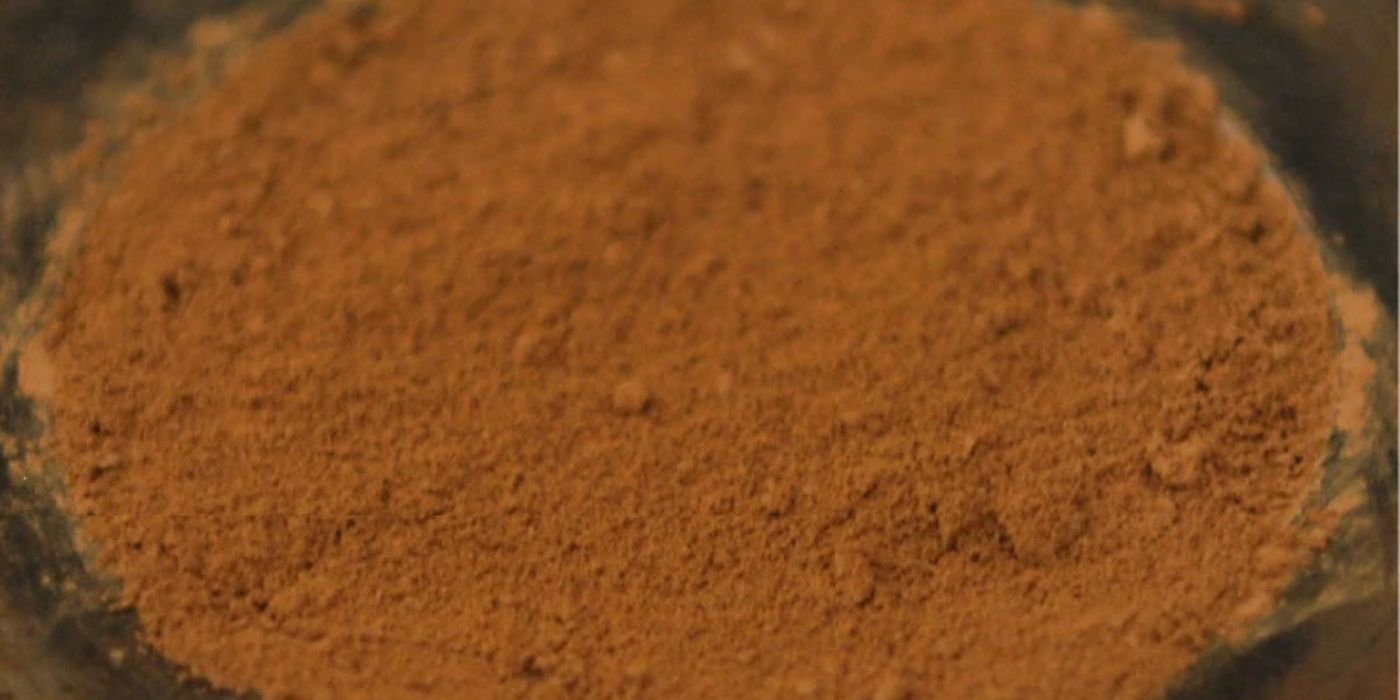
We all know Mars is called “The Red Planet,” but have you ever stopped to wonder—why is it red?
The classic joke explanation has been, “It’s rusty.” While that’s not entirely wrong, the truth is far more interesting. In a recent study, SETI Institute planetary scientist Dr. Janice Bishop along with Adomas Valantinas, a postdoctoral researcher from Brown University, proposed that Mars’s characteristic red hue is primarily due to ferrihydrite.
During a recent SETI Live, Dr. Bishop and communications specialist Beth Johnson discussed the evidence for ferrihydrite and what it could mean for the potential of life on Mars.
Why Is Mars Red?
“Mars is red because of iron” has been the go-to explanation for decades. Iron oxidizes—like a bike left out in the rain that turns reddish. Scientists long assumed that the same happened on Mars, with minerals like hematite or goethite oxidizing and causing the red tint of the Martian dust. Results from a new study published in the journal Nature Communications suggest that ferrihydrite is the likely cause of Mars’s reddish color.
Ferrihydrite: A Better Match for Mars
Ferrihydrite emerged as the key reason behind Mars’s red surface, supported by strong spectral evidence from laboratory experiments and orbital observations.
Key findings include:
- Spectral Data: When researchers mixed volcanic basalt (a common Martian rock) with ferrihydrite, the resulting spectral data closely matched that captured by Mars orbiters.
- Water Signatures: Ferrihydrite contains water molecules, unlike hematite, which is anhydrous (meaning it lacks water). These mixtures produced vibrational signals consistent with water, confirming its presence in the mineral.
- Earth Analogs: On Earth, ferrihydrite forms when volcanic ash or glass interacts with water, typically in geologically active regions such as Iceland and Hawaii.
These analogs support the hypothesis that early Mars had significantly wet environments, like hydrothermal systems or shallow groundwater, ideal for forming ferrihydrite.
What This Means for Mars’ Past
The presence of ferrihydrite suggests something profound — in the past, Mars was more dynamic, with groundwater, surface water, and hydrothermal activity than it is today. These environments would have supported a range of chemical reactions and potentially even life.
Adding to that, discoveries from NASA’s Perseverance rover at Jezero Crater reveal the following:
- Detection of phosphates, crucial components of biological molecules like DNA and ATP
- Presence of sulfur-bearing minerals, which are linked to microbial energy cycles
- Higher concentrations of organic molecules than previously observed elsewhere on Mars
A New Chapter
Ferrihydrite is difficult to detect from orbit, which is why returning samples from Mars is so important. With advanced lab tools on Earth, scientists will be able to confirm the presence and role of ferrihydrite and potentially uncover even more secrets.
So the next time you glance up at that reddish dot in the night sky, remember: its color tells a much deeper story – a story of water, heat, chemical reactions, and the possibility that Mars once wasn’t so different from Earth after all.
Watch the video below to learn more about this study, or search for Why is Mars Red? New Research Suggests Ferrihydrite is the Key on our YouTube channel.
News
Related News

Earth Detecting Earth
#Press Releases #SETI #Astronomy #Solar System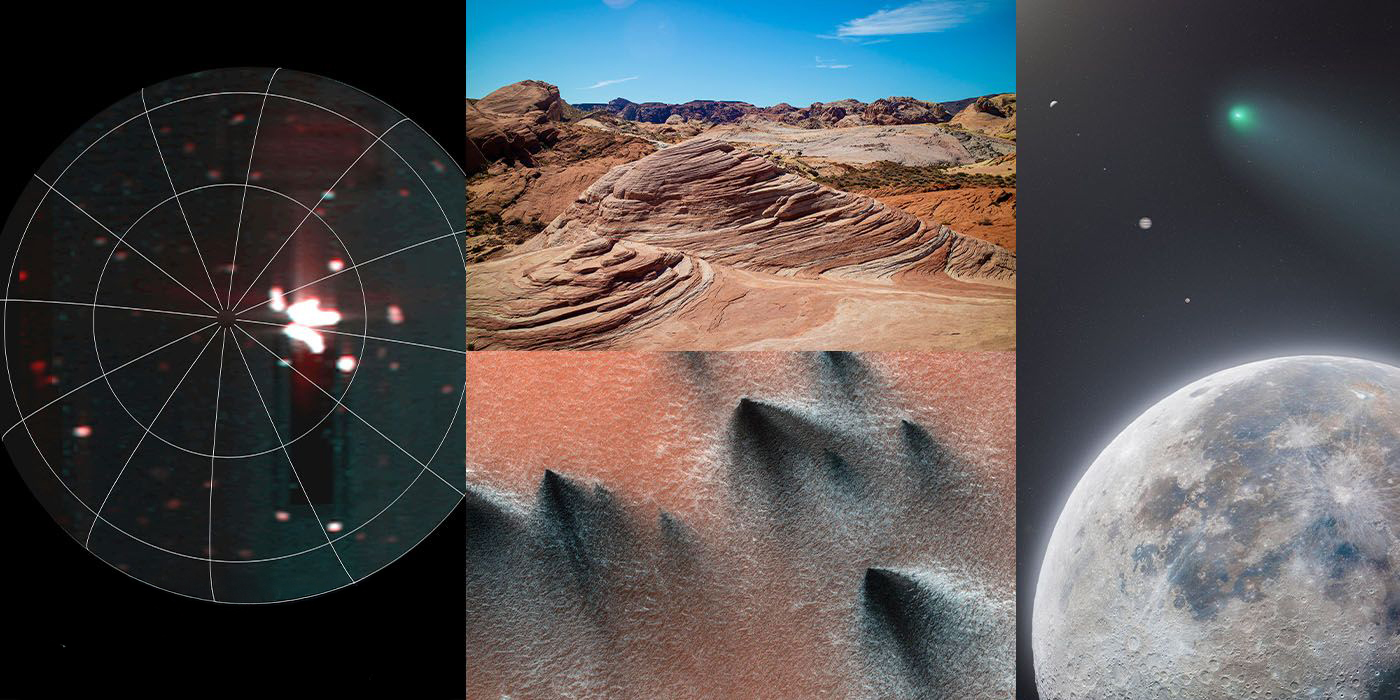
Planetary Picture of the Day - Week of January 27, 2025
Interesting features on our world and other worlds, as well as a planetary parade! #PPOD
Asteroids, Neon Cats & Music From The Moon – London Becomes A Free Cosmic Playground
#SETI Institute #Unistellar
SETI Institute in the News: February Roundup
SETI Institute in the News: February Roundup #SETI Institute in the News
Space is the Case: A Conversation with SETI Artist in Residence Martin Wilner
#SETI Live Blog #AIR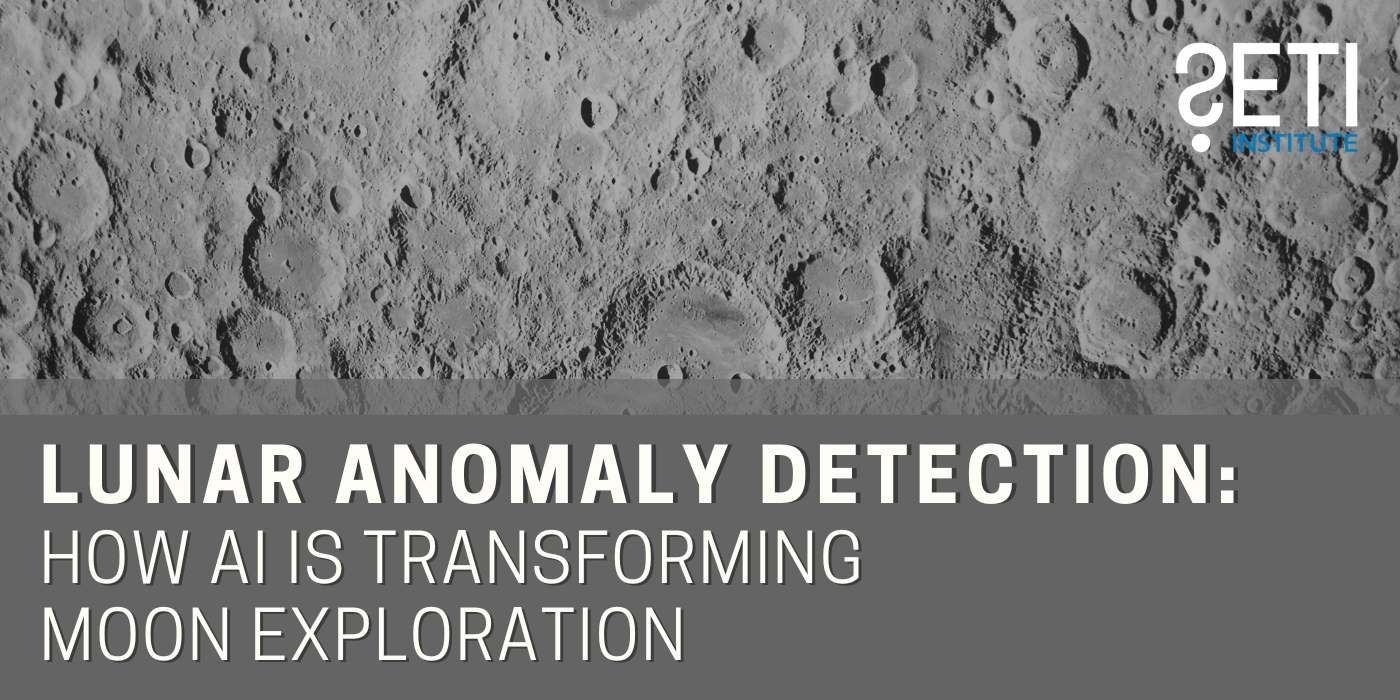
Lunar Anomaly Detection: How AI is Transforming Moon Exploration
#Moon #Solar System #SETI Live BlogResearch
Related Projects
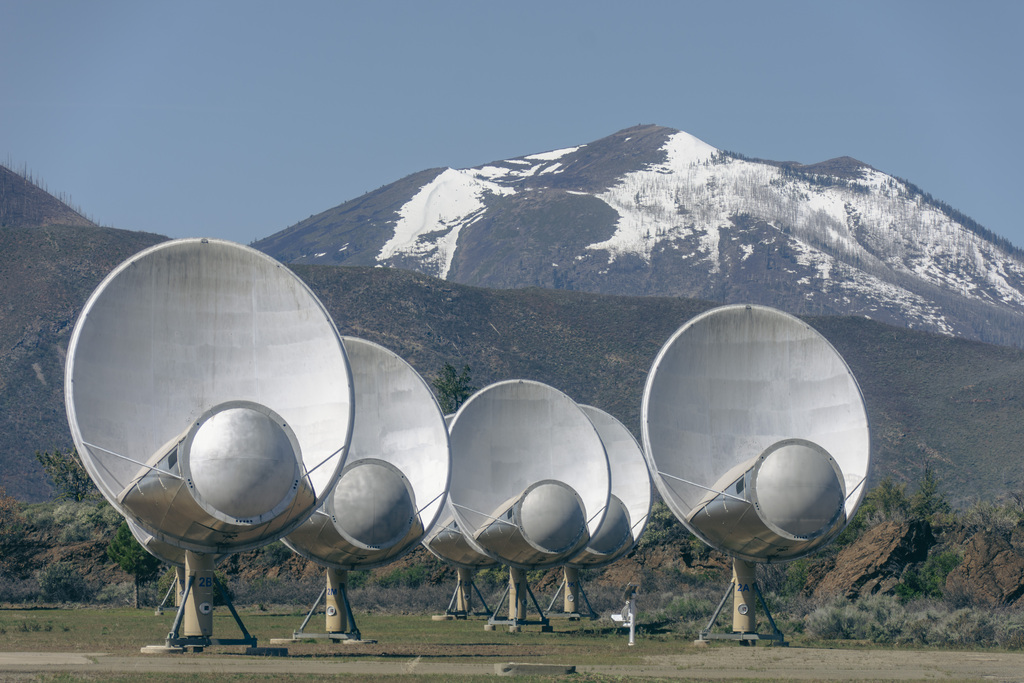
The Allen Telescope Array (ATA)
The ATA is the first radio telescope designed from the ground up to be used for SETI searches. #ATA #Radio Astronomy #Hat Creek Radio Observatory #HCRO #ATA News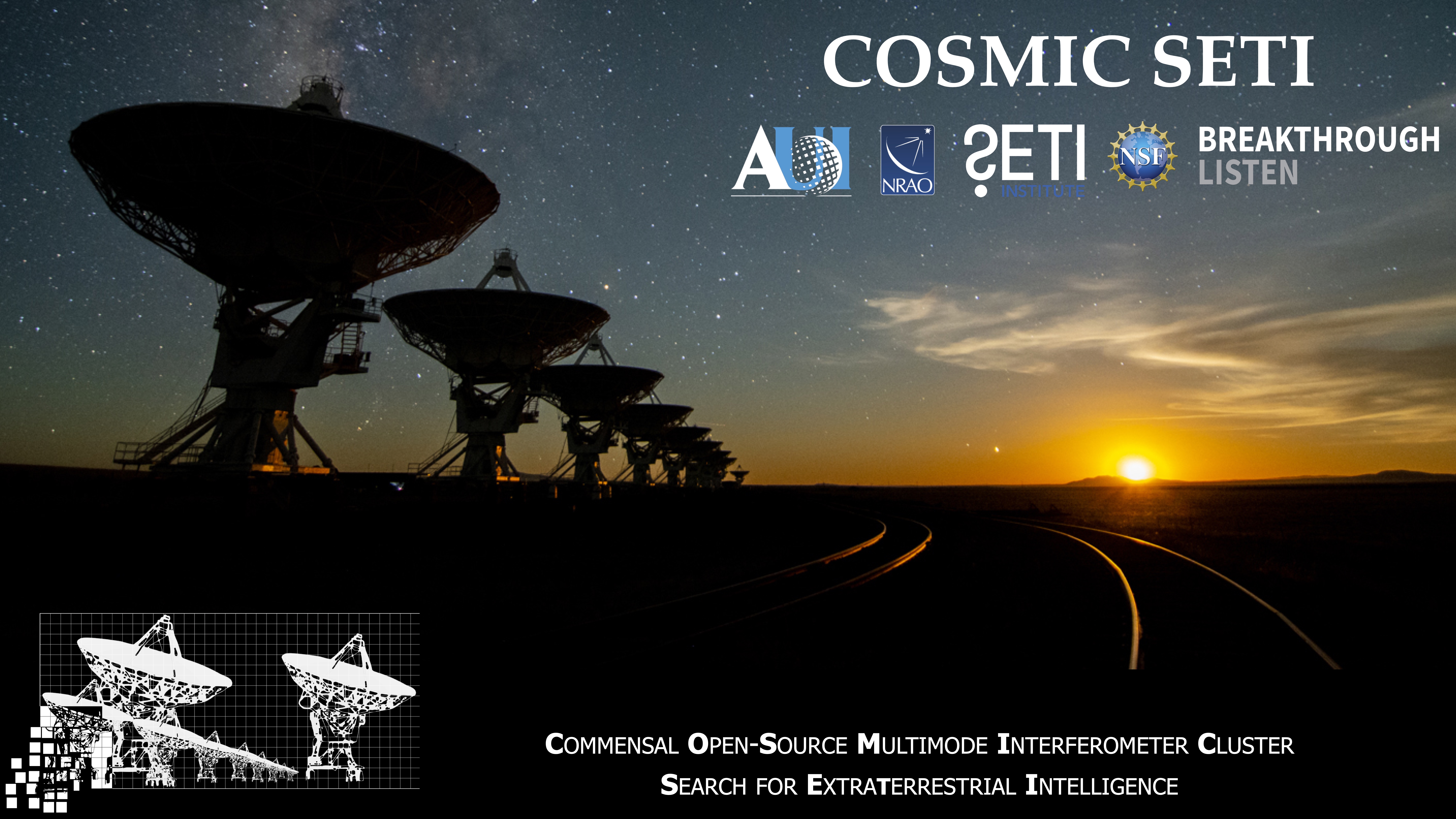
COSMIC
The Commensal Open-Source Multimode Interferometer Cluster (COSMIC) is a new commensal Ethernet-based digital signal processing backend and computer cluster on the VLA in New Mexico operated through the NRAO. #COSMIC #VLA
Unistellar Network
Leverage your eVscope's power and join a community of users to image intriguing astronomical events such as supernovae and exoplanet transits, while making a valuable contribution to research. #Unistellar #Citizen ScienceSupport the
SETI Institute
Scientists are getting closer in their search for life beyond earth. But with limited federal funding for the search for extraterrestrial intelligence, supporters are the reason cutting-edge scientists can keep their eyes on the sky.
)
